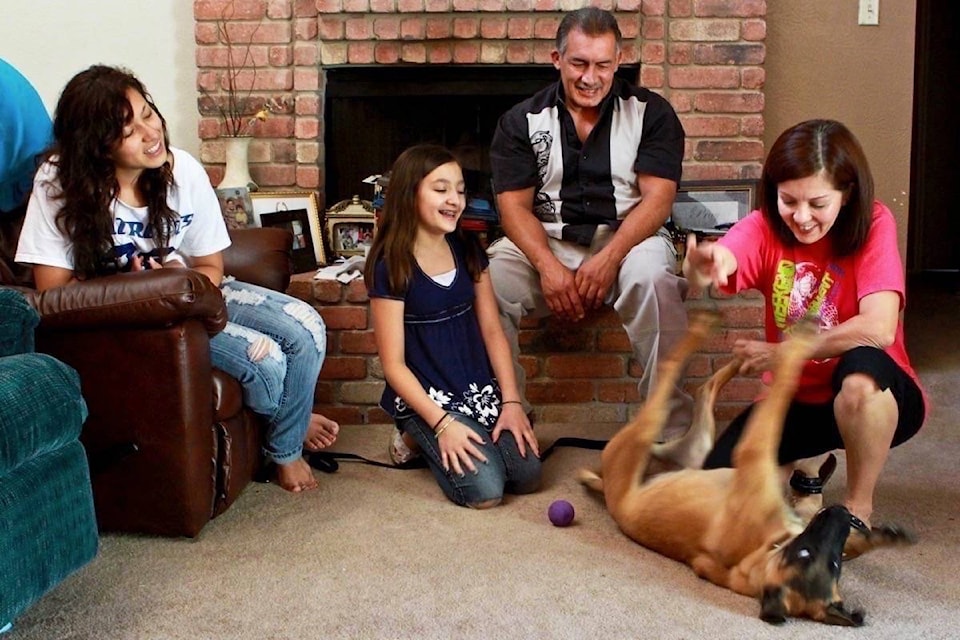Americans make up a large portion of Burns Lake’s immigrants, according to the latest batch of data released from Statistics Canada’s 2016 census.
Burns Lake has a total of 135 first-generation immigrants. While 50 of these immigrants came from countries in the Americas (45 from the U.S. alone), 50 came from Asia (including 20 from the Philippines, 10 from China and 10 from Japan) and 35 came from Europe (including 10 from Netherlands, 10 from Poland and 10 from the United Kingdom).
The majority of these first-generation immigrants (80) moved to Burns Lake before 1981; 20 moved here between 1981 and 1990; and 15 came to Burns Lake in the past five years.
RELATED: Census data shows population decline in Burns Lake
The new census data shows that 22 per cent of Canadians are immigrants – the highest share of the population since 1921. Across B.C., immigrants make up about 28 per cent of the province’s population – or roughly 175,500 people.
While the majority of Canada’s migrants are from Asia, more immigrants than ever before are coming from Africa, placing ahead of Europe for the first time.
RELATED: German language accounted for the vast majority of non-Aboriginal languages in Burns Lake
“Immigrants are diffusing across the country,” said Michael Haan, a sociology professor at Western University in London, Ont. “What it’s forcing us to do, collectively, is think about our entire nation as being composed of immigrants, rather than just major cities.”
About six-in-10 immigrants were admitted under Canada’s objective to enhance and promote economic development. Meanwhile, three-in-10 were admitted in order to join family already in the country. One-in-10 came to Canada under refugee status.
A proportion of those who migrate to the province are here to stay, with second generation immigrants representing 22 per cent of the 4.6 million people living in B.C. In Burns Lake, 160 residents are second-generation immigrants.
One-third of B.C. residents reported to be visible minorities, the highest rate compared to other provinces, and a trend that Statistics Canada predicts will make up a full one-third of the country by 2036.
Nearly half of major metropolitan areas are comprised of visible minorities, noticeably Toronto and Vancouver, said Doug Norris, chief demographer at Environics Analytics. But the figures are also on the rise in places like Saskatoon, Regina, Winnipeg, and Calgary, he added.
“Places that people didn’t think were culturally diverse are becoming now culturally diverse.”
According to the latest release, B.C. was one of four provinces that had the largest overall increase in the Aboriginal population during the last decade, as well as Alberta, Manitoba and Saskatchewan.
- With files from the Canadian Press
@flavio_nienow
newsroom@ldnews.net
Like us on Facebook and follow us on Twitter.
